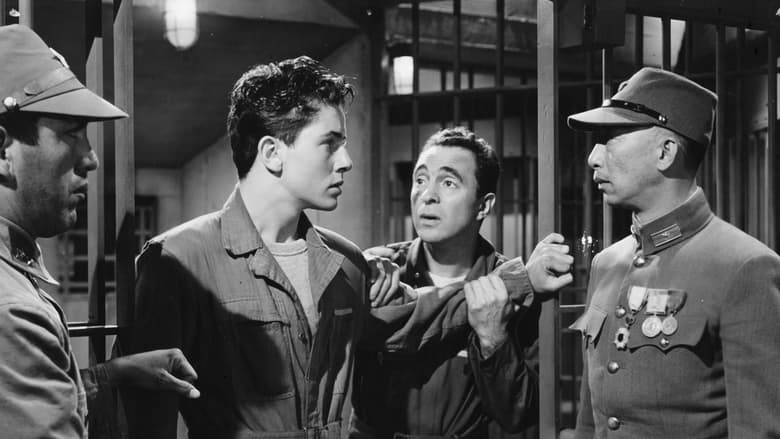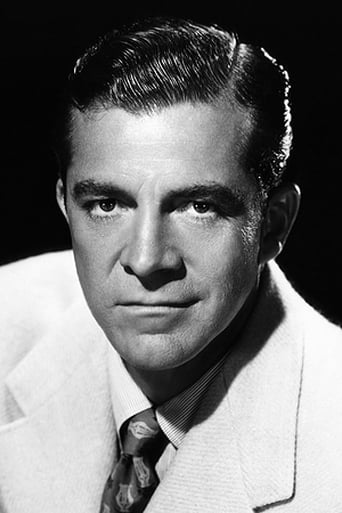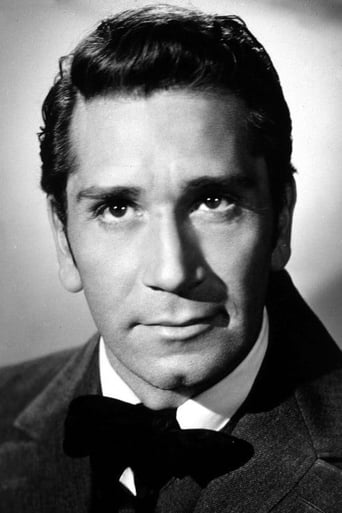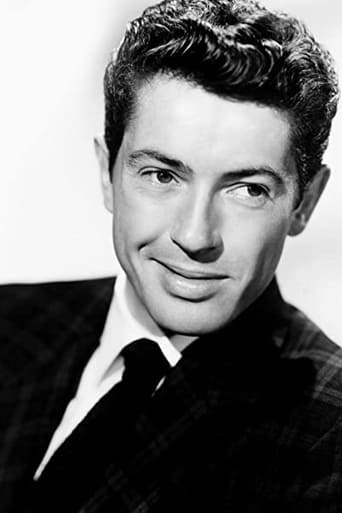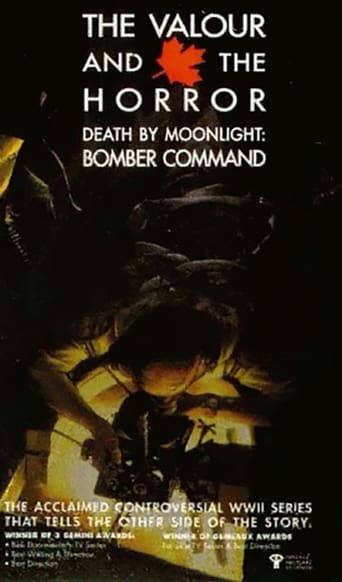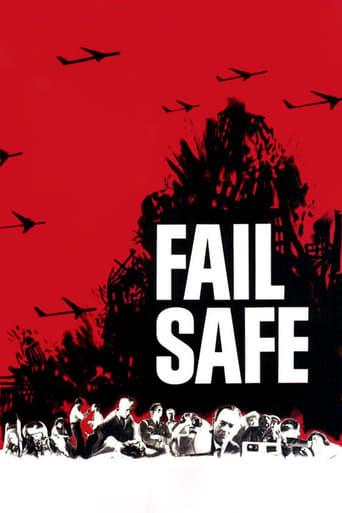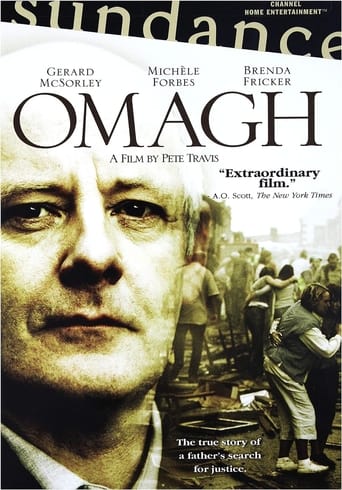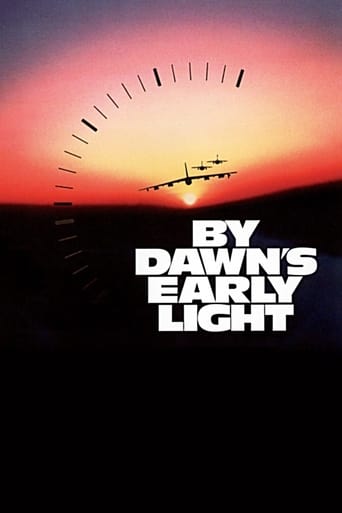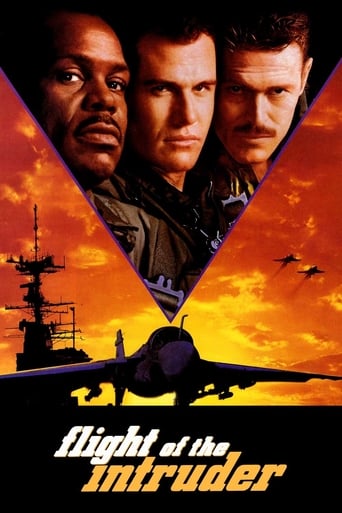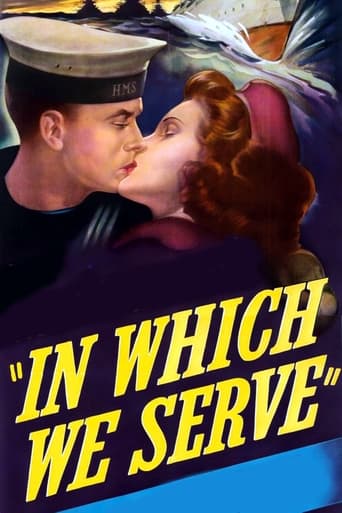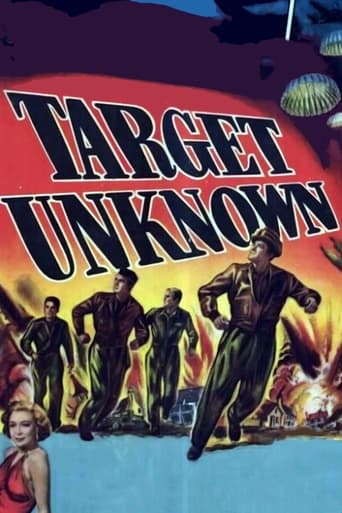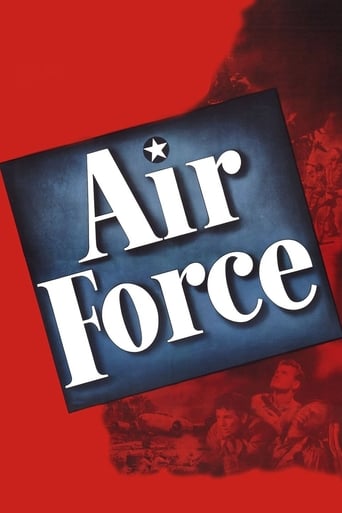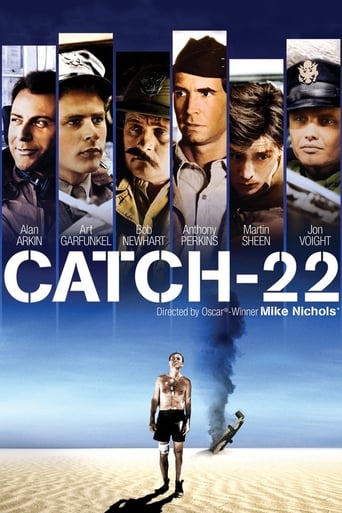The Purple Heart (1944)
This is the story of the crew of a downed bomber, captured after a run over Tokyo, early in the war. Relates the hardships the men endure while in captivity, and their final humiliation: being tried and convicted as war criminals.
Watch Trailer
Free Trial Channels
Cast


Similar titles
Reviews
One of the best films i have seen
It's funny watching the elements come together in this complicated scam. On one hand, the set-up isn't quite as complex as it seems, but there's an easy sense of fun in every exchange.
I enjoyed watching this film and would recommend other to give it a try , (as I am) but this movie, although enjoyable to watch due to the better than average acting fails to add anything new to its storyline that is all too familiar to these types of movies.
Let me be very fair here, this is not the best movie in my opinion. But, this movie is fun, it has purpose and is very enjoyable to watch.
THE PURPLE HEART 1944 The war in the Pacific was into its fourth year when this 20th Century Fox production hit the theatres. It is a dramatization of a show trial of American air-crew that took place in 1942. It shows the capture, torture and trial of eight members of the "Doolittle Raiders". The cast is made up of, Dana Andrews, Don Barry, Richard Andrews, Farley Granger, Sam Levene, Kevin O'Shea, Charles Russell, John Craven, Richard Loo and Tala Birell.After the April 18th 1942 attack on Japan by 16 B-25 bombers, the aircraft were to fly to airfields in China. None made it there as lack of fuel forced the crews to parachute into the night. All but eight men would make it to safety in Allied parts of China. These eight men were captured by the Japanese and put on trial. Three were executed, one died in a p.o.w. camp and the others were freed in August 1945 after the Japanese surrender.In the film, the men are placed on trial in front of a group of reporters from various Axis and neutral countries. The Japanese officer in charge, Richard Loo is not above using a spot of torture to get his questions answered. One man is beaten so bad he is brain damaged, another has his arms broken, a third, has his vocal chords damaged and yet another has his hands destroyed. They all refuse to talk.There is a side plot going on here between the Japanese Army and Japanese Navy officers. One side is sure the B-25's came from China, and the other is convinced they were off a carrier. (Which they did, the U.S.S. Hornet) The Japanese "really" want to know which is correct. The trial goes on with the Japanese producing plenty of obviously faked evidence.This is more of courtroom film than a war drama, but so what, it is a really hard hitting bit of war-time flag waving. Apparently the U.S. War Department was against the production of this film. It was one of the first films to deal directly with the treatment of POWs by the Japanese. The War Department was worried that it might provoke the Japanese into making reprisals against Allied prisoners.The film was directed by Lewis Milestone. The three time Oscar nominated and two time winner does solid work here. He is probably best known as the helmsman on the 1931 Oscar winner, ALL QUIET ON THE WESTERN FRONT. The man knew how to make a war film, with, A WALK IN THE SUN, NORTH STAR, HALLS OF MONTEZUMA and PORK CHOP HILL as examples of his work in the genre. He also directed OF MICE AND MEN, THE STRANGE LOVE OF MARTHA IVERS, THE RED PONY, MUTINY ON THE BOUNTY (1962) and OCEAN'S ELEVEN.The cinematographer was three time Oscar winner, Art Miller. The talented Miller worked on, LIFEBOAT, MAN HUNT, THE MOON IS DOWN, WHIRLPOOL, THE PROWLER as well as the superb westerns, THE OX-BOW INCIDENT and THE GUNFIGHTER.The film was a hit and was heavily promoted during war bond drives at theatres.
IN THE EARLY days of the official U.S. involvement in world War II, things looked very bleak in all Theatres of War, if you were one of the Allied Nations. In Europe, North Africa, China-Burma-India as well as the Pacific the Axis Powers appeared to have the upper hand.AS A MEANS OF lifting the sagging spirits of the Allies, the plan to bomb Tokyo via a massive air raid was formulated. Usually referred to as "The Doolittle Raid", it was done as a coordinated effort between Army Air Corps and Navy Aircraft Carriers.ADMITTEDLY ITS DEVASTATION wreaked upon Imperial Japan was not so very extensive; but it had a great effect on morale, as we said before. As an afterthought, and a also a brilliant propaganda move, we can think of three major motion pictures that told the story; albeit from very different points of view.FIRST OF ALL, there was DESTINATION TOKYO (Warner Brothers,) which portrayed reconnaissance work done by the Navy's "Silent Service", the Submarine. Next, THIRTY SECONDS OVER TOKYO (MGM,) told the story of General Doolittle and the men who flew the mission.THAT LEAVES US with today's honored & reviewed film, THE PURPLE HEART (20th Century-Fox,).RATHER THAN TELLING the story of the raid on the Japanese mainland, the story instead gives us a look at a trial foisted on a downed and captured crew of a B 19 who participated in the surprise attack. Dana Andrews heads up a cast including Richard Conte, Farley Granger, Sam Levine, Trudy Marshall, Don "Red" Barry and Richard Loo.THIS VERY TENSE court room drama exposes us to what the World is dealing with in its war with Fascist ruled nations, wherever they be, whoever they are. The arrogance and self-superior attitudes and authoritarian personalities of the elite, military ruling class is caricatured in bold relief. Whereas the story is fictionalized, the representations portrayed do ring true.ONE BY ONE, various witnesses are brought ion to testify about the hurt and damage that was inflicted upon Japan due to the massive air raid. Among our favorites is a Chinese collaborator/traitor; who is introduced as an official of Manchuko, the name given to the Japanese Puppet State set up in Manchuria & Inner Mongolia. (He is eventually killed by his own son!) ONE PARTICULAR BONE of contention exists between the Imperial Navy and the Japanese Army as to where the planes of the raid took off from. The General of the Army (Richard Loo) insists that it was from a U.S. Aircraft Carrier; ergo, it's the fault and responsibility of the Navy . An Admiral Yamamoto-type contends that it could not be, because a "Flat Top"could.t carry that many planes.THIS COURT NEVER does successfully conclude just whose onus the raid was.AS THE FILM ends, the American crew is marched out of the court to; well, you have to draw your own conclusion. All the while, each and every man marches tall and proud; reminding all that this WAr is definitely Hell, but it is also most necessary.IF YOU HAVEN'T seen it, see it soon. If you have, screen it again!
From the beginning I was impressed with Lewis Milestone's direction. The film opens in a darkened courtroom (although the emblem of the rising sun can be discerned on the far wall). A man in uniform enters and switches on the lights. Another man enters with a pitcher of water and begins preparing for the ritual of the judges' entrance. The first man begins opening the window blinds. This leisurely accumulation of detail gives these moments a documentary feel that lends verisimilitude to the events that follow. Even when the American heroes respond to their captors with caustic patriotic speeches, there's still an aura of realism that makes it hard to classify this movie along with the cruder propaganda efforts of the times.
This film is so good, it makes you want to drop another bomb on them! After reading the book FOUR CAME HOME, which tells the story of one of the two B-25 crews that had to crash-land in China after the Doolittle raid on Tokyo (Cook 'Em!), I was very impressed by this film and how 95% of it stuck true to the story. So I did some research and also learned that the Argentinian and Russian reporter's roles, other than the name changes, were very factual in that both were eventually appalled at the Japs utter disregard for the Geneva Rules and Legal Rules in general and how the men were treated, and a good deal of the information in FOUR CAME HOME was supplied to the author from these two reporters. Yeah, the Japanese were a WONDERFUL race of people, weren't they? Watch this film, knowing its true nature, and you won't think so anymore.


